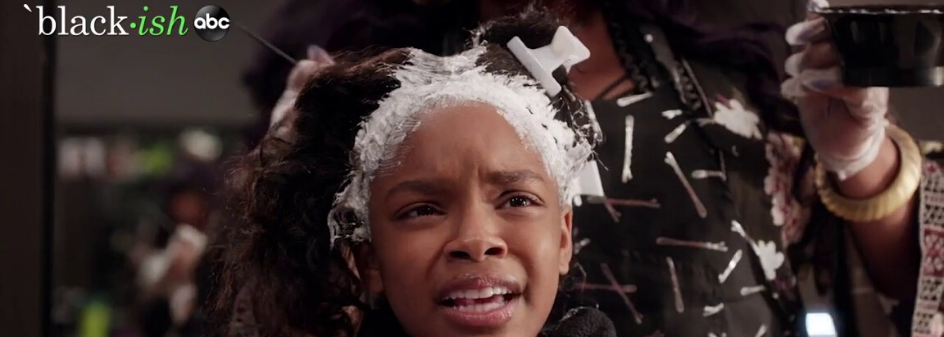Picking the best loc style for you will depend on several factors.
After we’ve made the decision to go for locs, we need to choose between several different styles and preferences. Each style has their own unique characteristics, that for some of us may be an advantage, while for others, may be a disadvantage. That’s because locs are not just a hairstyle but a lifestyle. As cliche as that might sound, it is nothing but the truth. The style we choose has to be right for not only our taste and preferences, but also for our habits, routines and lifestyles. Let’s have a look at a few different loc styles to discern which is the best style for you.
A brief insight into Sisterlocs
Sisterlocks are miniature-sized locs or micro-braids and maintained through an interlocking method. Many women go to someone who has been trained in the ins and outs of installing sisterlocs, but this by no means is a rule set in stone. You certainly can find a professional loctician who isn't certified in sisterlocs, but knows how to instal beautiful sisterlocs. Just make sure you check out some photos of the sisterlocs they have done in the past to be sure they're the right loctician for you.
Sisterlocs will take much longer to initially instal when compared to other styles, which to some is a disadvantage. If you hate sitting in that chair for an extended period of time, then maybe this style isn’t right for you.
Because the locs are small in size, for some this can make them feel like their hair is really thin. If this is already a concern of yours, then maybe sisterlocs is not the best fit for you.
Sisterlocs are really versatile and can be styled into many different hairstyles which is why so many women love this style.
A brief insight into Wick Locs
The name, Wick locs, apparently is named after the wick of a candle, which stands up straight, rather than falling over. Many celebrities have been rocking wick locs, which can be one reason why many find this style as a desirable hair style.
The only way to achieve wick locs is to already have locs. You can achieve wick locs if you already have freeform locs, or if you have traditional locs and work with the new growth to curate your wick locs.
A brief insight into Traditional Locs
As the name implies, traditional locs is the most standard style for locs. Not to say standard isn’t beautiful, it’s just more common, which means there will be, one, a lot more info about traditional locs out there, and a lot more professionals who will know how to install the perfect traditional locs for your hair type and preferences.
Traditional locs are relatively low maintenance, require the whole Dr Locs set from start to finish to ensure your locs are buildup free, look great, smell great and feel great. The entire Dr Locs collection was actually designed for men and women with traditional locs, until we realized in the salon how nourishing and hydrating the entire collection was for all loc types and styles.
Traditional locs may take longer to dry than sisterlocs, and you really need to make sure you dry your locs to keep them clean and free of mildew. For people who love to wash and go, this might not be the ideal option for you, unless you know your hair dries quickly. And while traditional locs are a relatively low maintenance style, they do require maintenance if you want them to look and feel their very best.
A brief insight into Freeform Locs
Freeform locs are relatively similar to traditional locs but have their own set of advantages and disadvantages depending on your taste and preferences.
For those of you who love the tight and very well maintained look, freeform locs might not be the best option for you.
It is a great option for those who want to manipulate their locs less, because you can go longer between your retwists. It’s also a great option for those who are worried about their scalp exposure. Some men and women don’t like the look of their scalp exposed. Freeform locs, because they aren’t as tight around the scalp as sisterlocs or traditional locs, have more scalp coverage.




